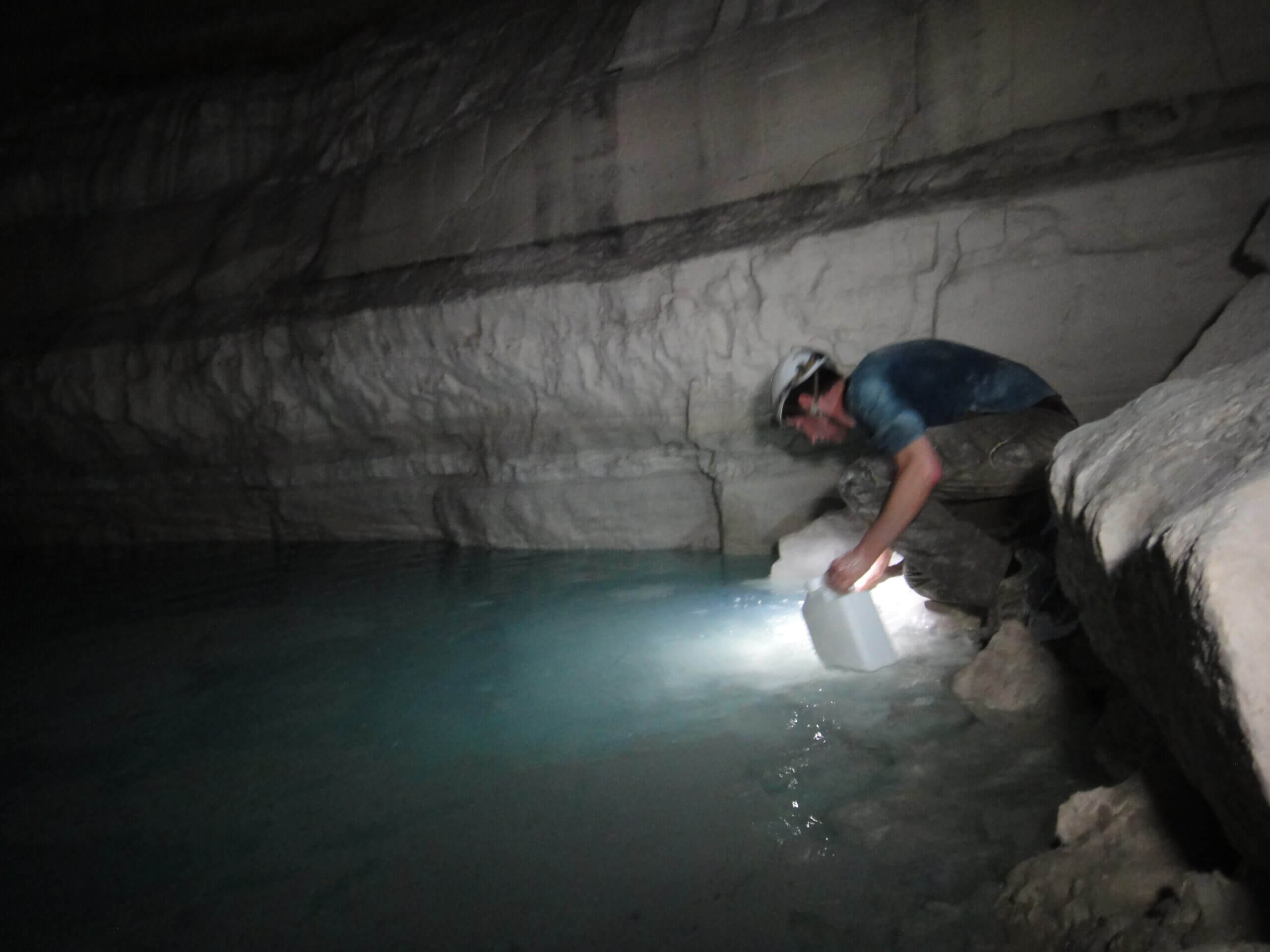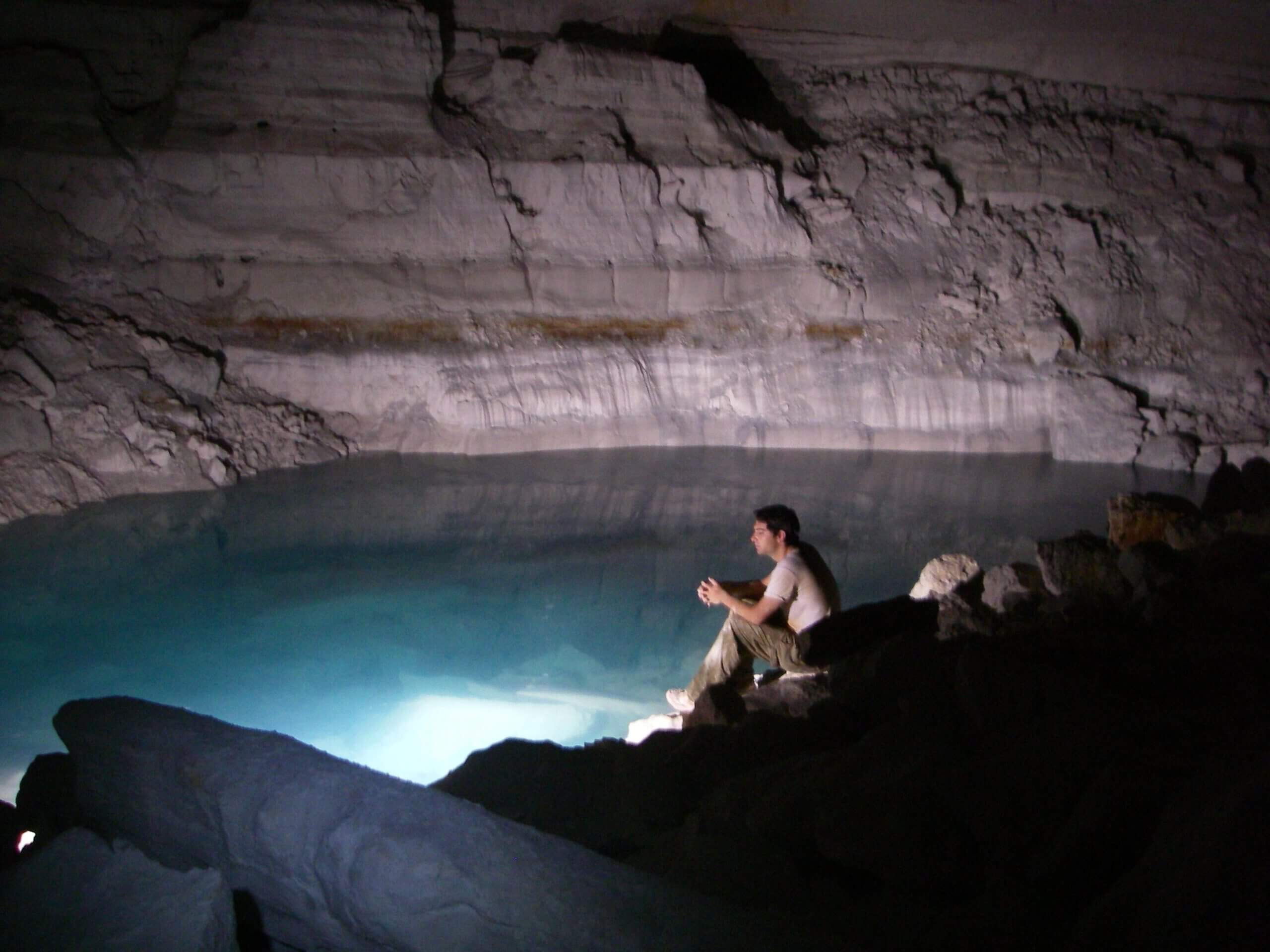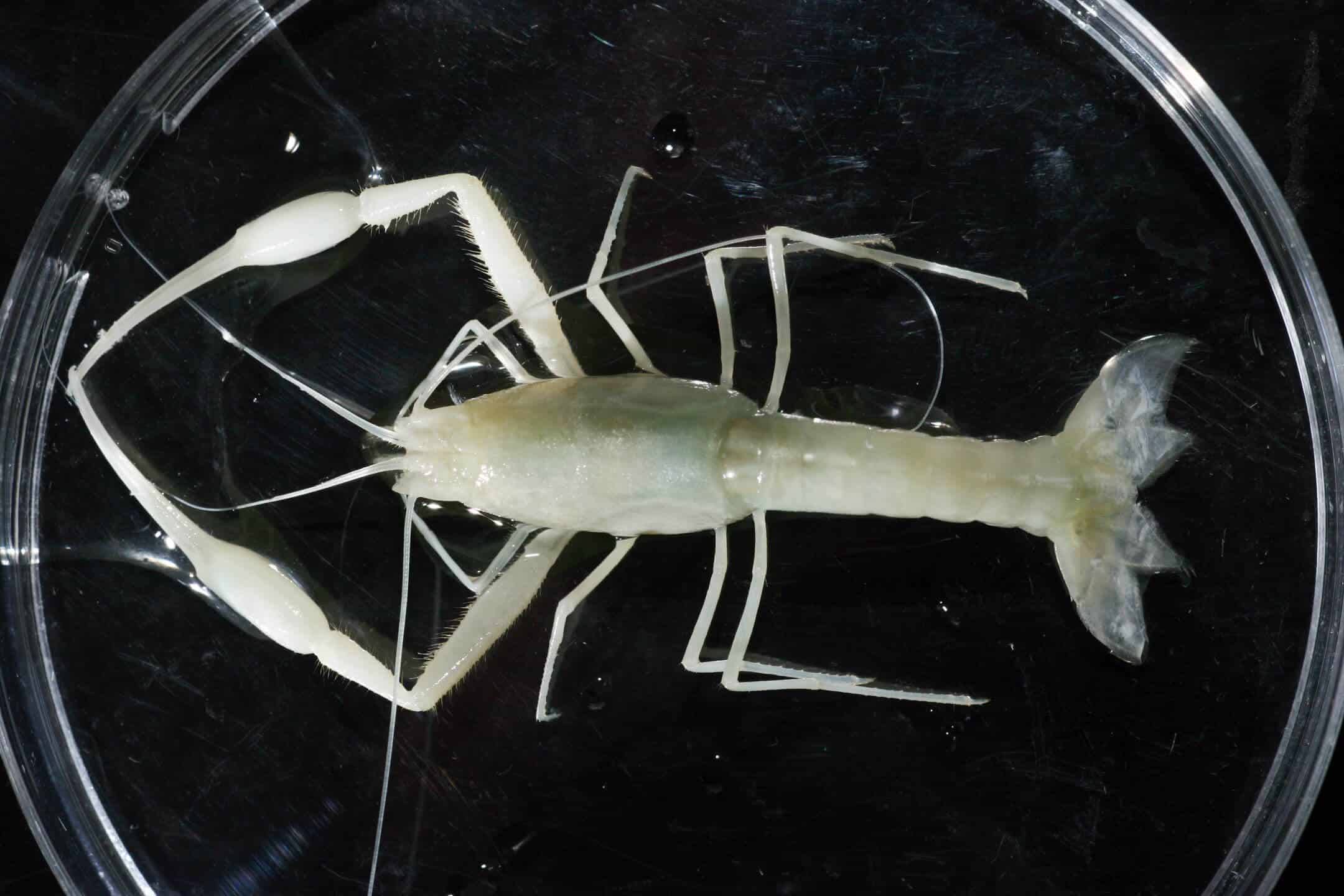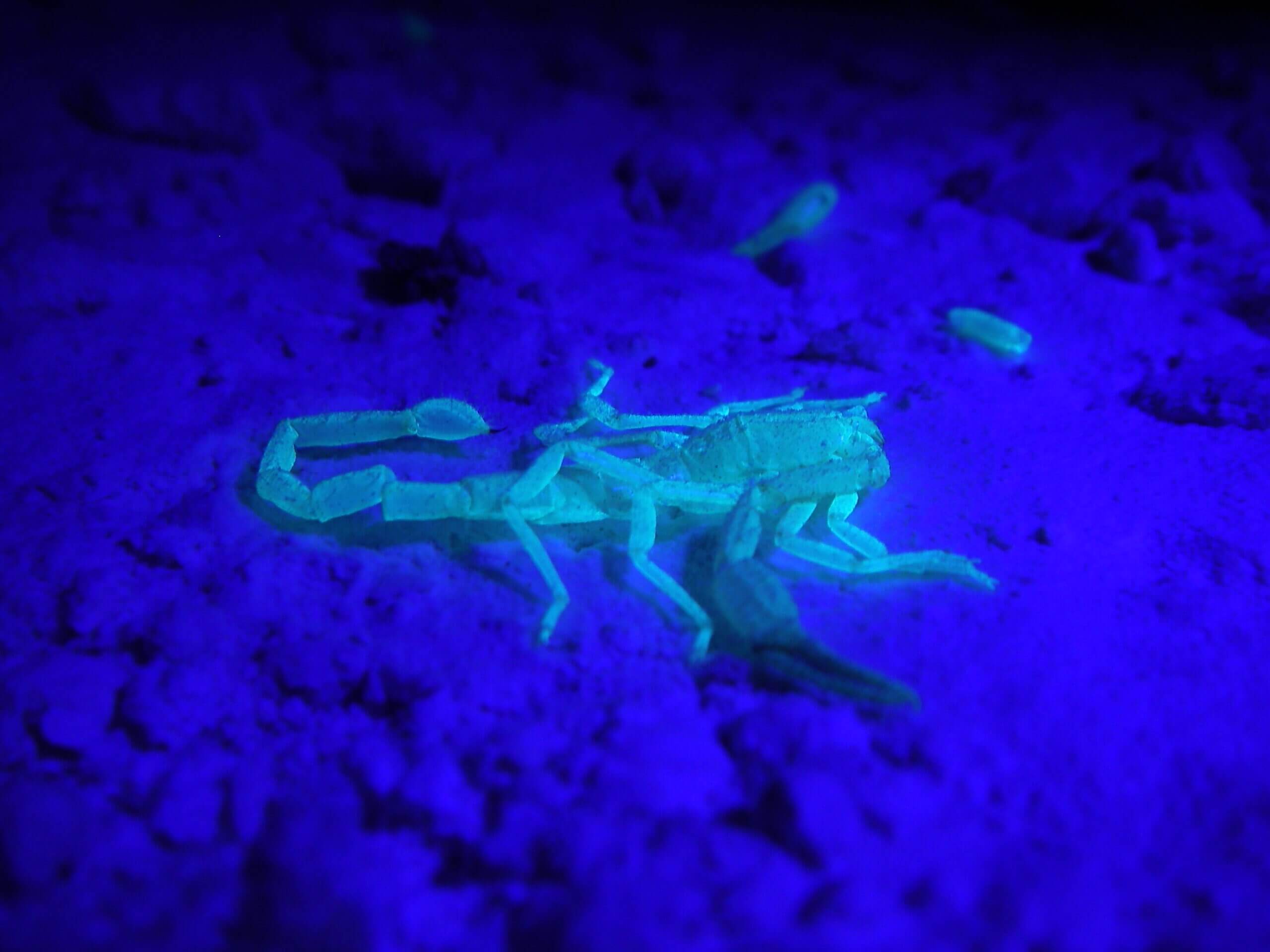Prof. Frumkin: "In a proper step, albeit a bit late, some of the animal species from the cave were also included (only the species living in the aquatic environment of the cave). This helps preserve the cave, but without declaring the cave and its surroundings as an official nature reserve, it will be difficult to enforce the law."

Ayalon Cave, which was discovered in 2006, is a huge and natural network of pits, 2,700 meters long, in the area of the Nesher Quarry in Ramla in the Judean Lowlands. This network of caves is known as the only place in the world whose fauna does not exist anywhere else - all species of animals discovered there are endemic, meaning they are not known from other places. The terrestrial animals found in the cave were not found close to the species and genus anywhere else in the world - which indicates their uniqueness, isolation and level of endemism. Unlike most of the animals in the world that utilize solar energy, the animals in the cave subsist on internal sources of energy in the underground water exposed in the cave.

A few days ago, a scientific article was published in the journal Quaternary International that analyzes the importance of life in a cave for understanding the biogeographic and geological development of Israel and the eastern Mediterranean (see below). It was written by Prof. Amos Fromkin, Dr. Hanan Dimantman and Israel Naaman from the Hebrew University. The research revealed that the ancestors of the animals unique to the Ayalon Cave entered the cave millions of years ago, before the level of the Mediterranean Sea dropped in what is known as the "Sinian Event". In this event, the Mediterranean Sea almost dried up, so that the animals in the cave are a kind of 'living fossils' that record the hot-humid climate that prevailed in our region during the Miocene, even before the periods of ice and dryness that caused the extinction of their ancestors outside the cave. The relatives of some of the animals in the cave waters penetrated even earlier into the Sea of Galilee and the Dead Sea, which were then connected to the Mediterranean Sea and formed a large lagoon. Evidence of this is the presence of distant relatives of those animals in springs on the banks of the Sea of Galilee and the Dead Sea.
The discovery of the Ayalon Cave happened by chance, when a bulldozer was engaged in mining in the quarry in 2006 and during his work cut one of the cave's shafts. The examination of the opening and the discovery of the cave it leads to was done by Israel Naaman, a former graduate student in geology at the Hebrew University of Jerusalem. Since then the cave has been explored by teams from the Hebrew University and various countries. The study of Ayalon Cave is an example of multidisciplinary research that includes geology, hydrology, geomorphology, geochemistry, microbiology and zoology. Therefore, researchers from many institutions and fields of science are involved in the research.

The cave is the third largest in Israel, after the Malham Cave on Mount Sodom, which is about ten kilometers long, and the Hariton Cave in the Judean Desert (which is about four kilometers long). The ecosystem in the cave was completely adapted to the conditions prevailing there and therefore it was decided to keep it closed to the public, in an attempt to preserve the living systems that exist in it.
"Although 15 years have passed since the discovery of the cave and despite its unique thinking, it has not yet been declared a nature reserve. The procedures for declaring it a reserve must be completed quickly and action must be taken to protect it from processes that endanger its animals, which are in tangible danger of extinction," says Prof. Amos Fromkin from the Center for Cave Research at the Institute of Earth Sciences at the Hebrew University. "In the absence of proper protection and monitoring, the situation in the cave is deteriorating these days due to the intrusion of invasive species, water, air and impurities from the outside, the quarrying of the rock around the cave, and also due to changes in the groundwater level in recent years. Future dangers that threaten the cave also include the continuation of quarrying and a plan to introduce runoff from Nahal Ayalon into the quarry and into the cave's aquifer. We call on the authorities to wake up and act before we miss the deadline and lose an irreplaceable natural value."
Dr. Or Komai, the data ecologist of the MARG (the national program for the assessment of the state of nature), points out that as part of the project to prepare the Red Book for Invertebrates in Israel, a risk assessment of the state of the scorpion species in Israel is also being done these days. One of the species of animals in the cave is the Ayalon-Soma scorpion (or by its scientific name the Yesrahanani scorpion), which has no relatives in the old world, but no living specimens of it have yet been found and it is defined as being in serious danger of extinction. Israel Naaman suggested that this scorpion inhabited the cave until the middle of the twentieth century, based on the state of preservation of the discovered details. "The scorpion discovered in the Elon Cave is, as of now, the only species of cave scorpion recorded from Israel. Although no living scorpions have been found in the cave so far, their existence within the cave system and the preservation of the cave cannot be ruled out, and the possibility of discoveries in the future may help in understanding evolutionary and environmental processes," explains Yoram Tzvik, a master's student who studies scorpions from the Hebrew University.

Dr. Efrat Gabish-Regev, from the National Nature Collections at the Hebrew University, says that this scorpion in particular, and arachnids observed in the cave in general, are an example of the great importance of preserving the cave and its environment as a habitat that includes a number of endemic species that are in danger of extinction due to the threats to the cave. The Ailoni scorpion, another endemic species found in the cave, disappeared from it in the last observations that were conducted there, possibly as a result of a drastic drop in the level of the groundwater in the central lake in the cave or even due to predation by an invasive species of spider that recently entered the cave through the new openings that were opened due to the quarrying - so Says Shlami Aharon, PhD student and spider researcher at the Hebrew University.
Prof. Fromkin concludes: "Many years after the discovery and definition of the rare animals in the Ayalon Cave, the list of protected natural values in Israel was updated. In a worthy step, albeit a little late, some of the animal species from the cave were also included (only the species living in the aquatic environment of the cave). This helps in the preservation of the cave, since any damage to it and the conditions existing in it will lead to damage to those animals, which is now prohibited by law, but without declaring the cave and its surroundings as an official nature reserve, it will be difficult to enforce the law."
For the research publication: https://www.sciencedirect.com/science/article/pii/S104061822030803X
More of the topic in Hayadan:
- A new study found a close relationship between rare cave crabs in Israel and Italy
- Eight multicellular creatures unknown to science were discovered in a cave in Nesher Quarry in Ramla
- Researchers from the Hebrew University and the Geological Institute have developed a method for dating devastating earthquakesEs
